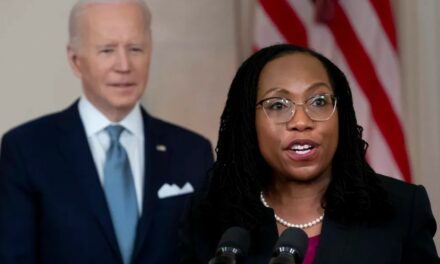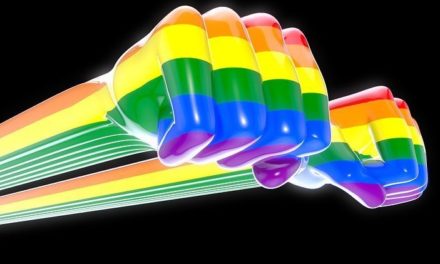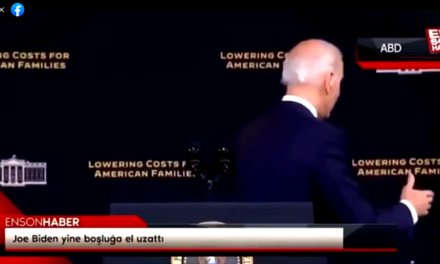A nation that does not know its past does not understand its present, and cannot create its future!"
Europe needs Hungary... which has never let itself be defeated.
in Budapest was completed only in 1929, which is one of the most important cult memorials in our country. in Hungarian history
, as well as domestic and foreign tourists. Every Hungarian knows Hősök teré, but the history of its formation is perhaps less known.
In 1894, at the end of Andrássy út, there was a drinking fountain, the Miklós Ybl . Vilmos Zsigmondy in this place . This spring still supplies the Széchenyi Spa with water. The Gloriette was a 2.5 meter raised terrace on which stood a 24 meter high flagpole. Today, the location of the well is marked by a metal plate behind the Heroes' Memorial Stone.
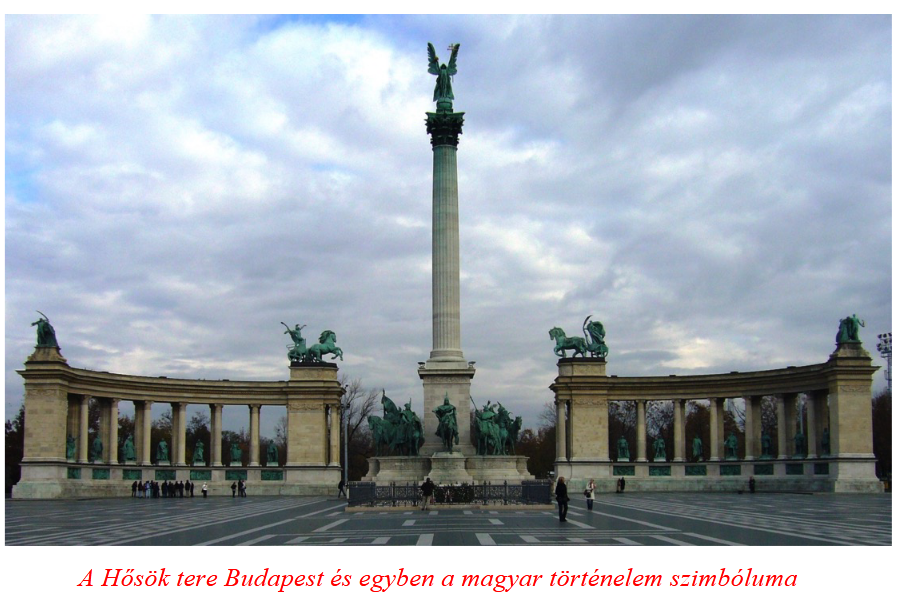
The parliamentary decision was made in 1895, which stated that a National Pantheon should be erected on the site of the Gloriette. Prime Minister Sándor Wekerle, who was born in Mór, entrusted Albert Schickedanz and György Zala Born in the city of Bielsko Biala in Galicia, architect Albert Schickedanz of German origin, but with Hungarian feelings, is the designer of the Millennium Monument, among others, of the Museum of Fine Arts and the Art Gallery. The sculptor György Zala, born in Lendvá, is one of the greatest figures in the immortalization of the Hungarian past in sculptures and monuments. Count Gyula Andrássy, which was re-inaugurated in 2016, the works of György Zala represent the most beautiful and well-known works of the Millennium period.
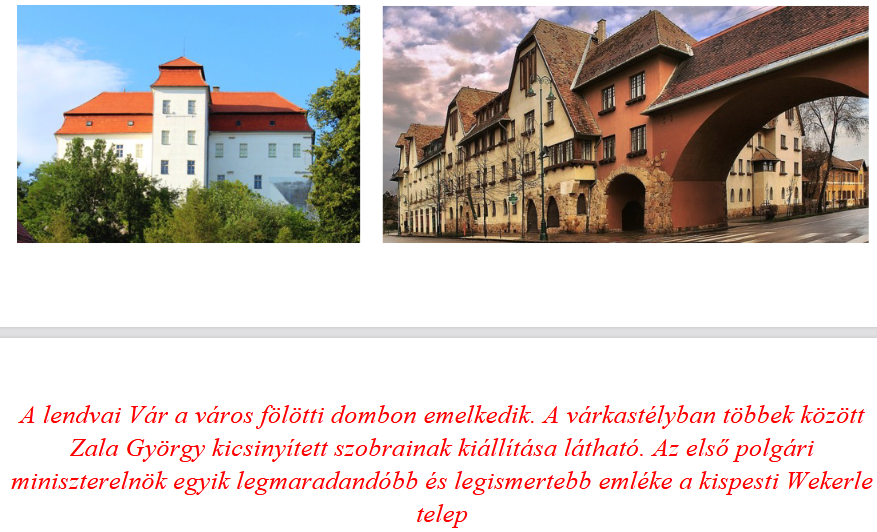
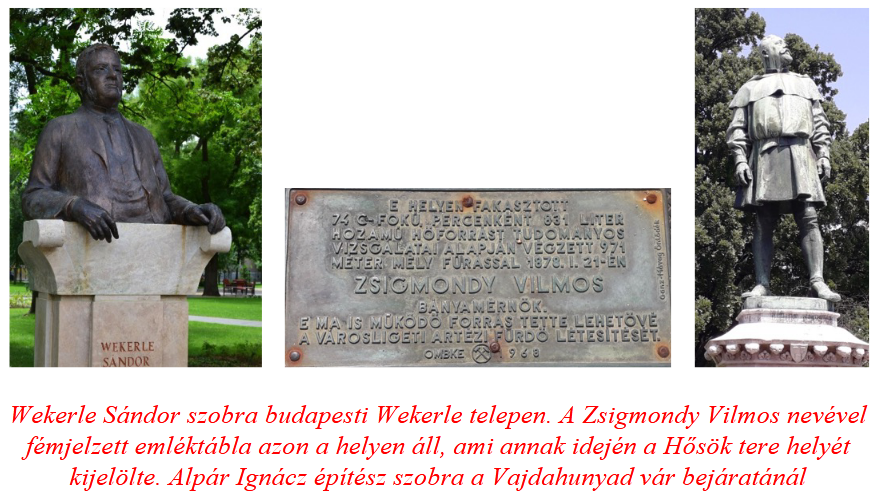
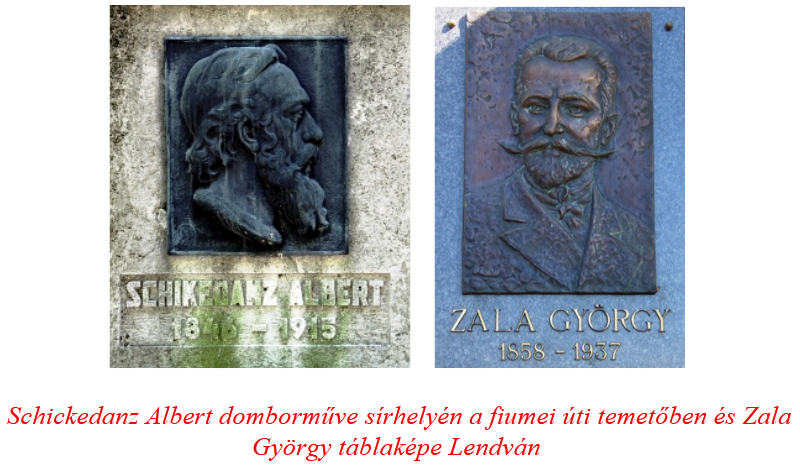
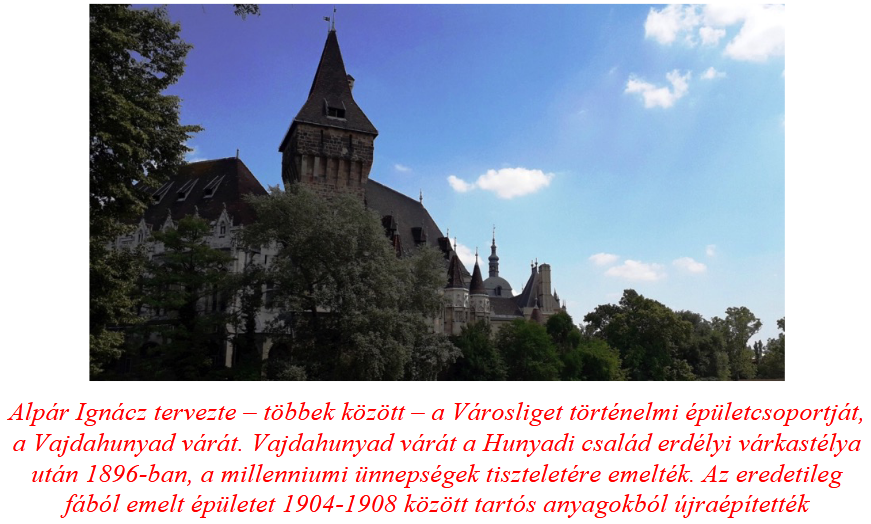 Heroes' Square became the most spectacular jewel of the huge investments that took place at the end of the 19th century and the beginning of the 20th century (Grand Boulevard, Parliament House, Millennium Underground Railroad, Museums, Ferenc József Bridge). However, the first handover of the square did not take place until 1906. The statues of the 14 Hungarian kings and statesmen were placed in the right and left colonnades between 1905 and 1911. In 1919, during the Soviet Republic, the monument was covered with a red drapery. the Béla Kuns did not tolerate the famous memories of the Hungarian past. But not only the heroes of Hungarian history, but also Christian symbols had to disappear. During the Commune, the Archangel Gabriel was transformed by covering it, and Karl Marx was erected in front of it. This clearly expressed the world view of Béla Kun and his companions, their attachment to the Hungarian homeland, and their rejection of the nation's thousand-year past. They did not dare touch the Hungarian kings and national heroes, but Ferdinand I, III. Károly, Mária Theresia, II. The statue of Lipót and Ferenc József was removed and transported to a foundry. The statue of Ferenc József in military uniform was smashed by some vandals of the Soviet Republic. This destructive gesture, which has characterized the spread and expansion of the idea of internationalism since the French Revolution of 1789, is still known today. The series of events in the western world since 2019, such as the destruction of statues and coups d'état, is a clear proof of this.
Heroes' Square became the most spectacular jewel of the huge investments that took place at the end of the 19th century and the beginning of the 20th century (Grand Boulevard, Parliament House, Millennium Underground Railroad, Museums, Ferenc József Bridge). However, the first handover of the square did not take place until 1906. The statues of the 14 Hungarian kings and statesmen were placed in the right and left colonnades between 1905 and 1911. In 1919, during the Soviet Republic, the monument was covered with a red drapery. the Béla Kuns did not tolerate the famous memories of the Hungarian past. But not only the heroes of Hungarian history, but also Christian symbols had to disappear. During the Commune, the Archangel Gabriel was transformed by covering it, and Karl Marx was erected in front of it. This clearly expressed the world view of Béla Kun and his companions, their attachment to the Hungarian homeland, and their rejection of the nation's thousand-year past. They did not dare touch the Hungarian kings and national heroes, but Ferdinand I, III. Károly, Mária Theresia, II. The statue of Lipót and Ferenc József was removed and transported to a foundry. The statue of Ferenc József in military uniform was smashed by some vandals of the Soviet Republic. This destructive gesture, which has characterized the spread and expansion of the idea of internationalism since the French Revolution of 1789, is still known today. The series of events in the western world since 2019, such as the destruction of statues and coups d'état, is a clear proof of this.
Between the two wars, the Habsburg statues were restored, but the figure of Ferenc József was no longer depicted in military but in coronation robes.
(I note that one can fully
agree with the removal of the statues of the Habsburgs from their symbolic place in Hungarian history, regardless of one's worldview affiliation.)

The current layout of the square was created after 1929, when the Heroes' Memorial Stone was placed and inaugurated.
At that time, the two museums surrounding the square on the right and left and the castle of Vajdahunyad were also completed.
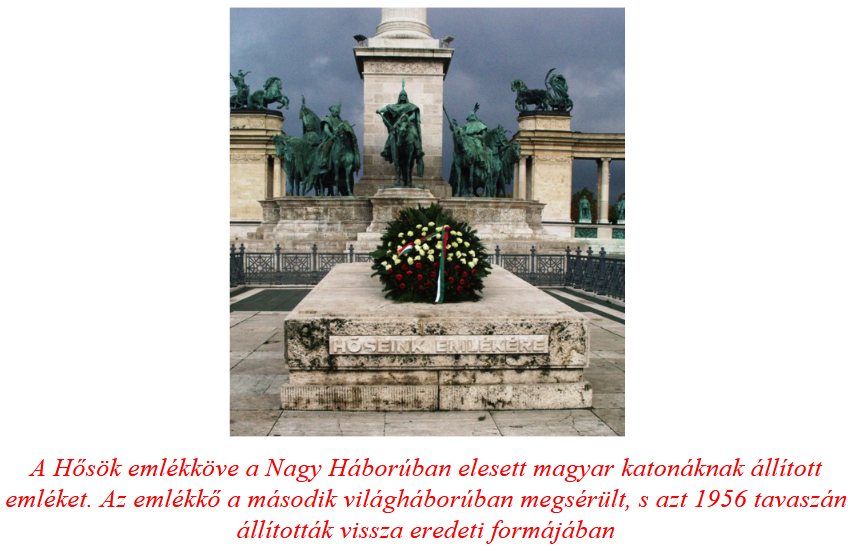
The square, which was still decorated with flower beds at the time, was only named Hősök ter in 1932.
was completed only in 1938, in honor of the World Eucharistic Congress held in Budapest Heroes' Square was hit by a bomb at the end of the Second World War, as a result of which several Habsburg statues were damaged. Another international event gave the Rákosi dictatorship the opportunity to transform the square. In 1949, the VIT (World Youth Meeting) held a large army review in Budapest. At that time, the Habsburg statues were permanently removed. However, the Rákosi's had a serious thought about removing all the statues from the square. After all, the holy kings, the Hungarian heroes who symbolized patriotism, did not fit into the internationalist, communist worldview. However, they had a legitimate fear that this would cause a national outrage. Therefore, for tactical reasons, they did not touch the statues of Hungarian kings and heroes. On the contrary, it was then that new statues were placed in the place of the Habsburg rulers. (Ferdinand I was replaced by István Bocskai, Charles III by Gábor Bethlen, Maria Theresa by Imre Thököly, Lipót II by Ferenc Rákóczi II, and József Ferenc by Lajos Kossuth .) The Habsburg statues were first moved to the Kiscelli Museum in Óbuda, and from there to Sülysáp . All the monuments and statues of Hősök tere were completely renovated in 2000-2001. LXIII of 2001. Act declared the Millennium Monument and the Heroes' Monument a national monument.
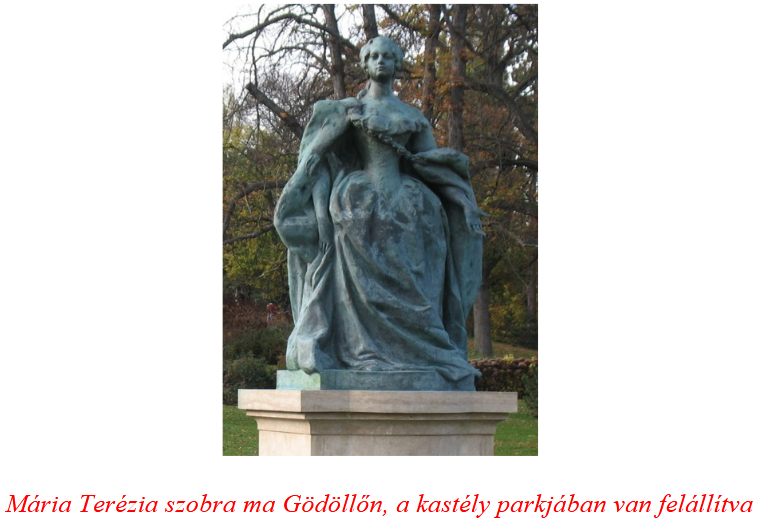
Mária Terézia's statue was placed in the hall of the Museum of Fine Arts in 2002, and then moved to Gödöllő in 2011, on the occasion of the "Baroque Year". It is hoped that it will remain there, and no one will think of returning the statue of the "good queen" to Budapest, especially not to Hősök Square.

A 5-meter-high statue of Archangel Gabriel ("Power of God", "Man of God") is located on top of a 36-meter-high column in the middle of the square. The archangel (archangel, messenger of God) holds the Hungarian Holy Crown in one hand and the apostolic double cross in the other. The angel statue refers to the founding of the state and Saint István . (It should be noted that the statue of the archangel György Zala won the grand prize at the 1900 World Exhibition in Paris.) The equestrian statues of the seven conquering leaders were placed on the base of the column. Prince Árpád sits at the head of the group of statues, in the , Kond, Ond and Töhötöm (Tétény) behind him , Előd, Huba and Tas on the right behind Árpád .
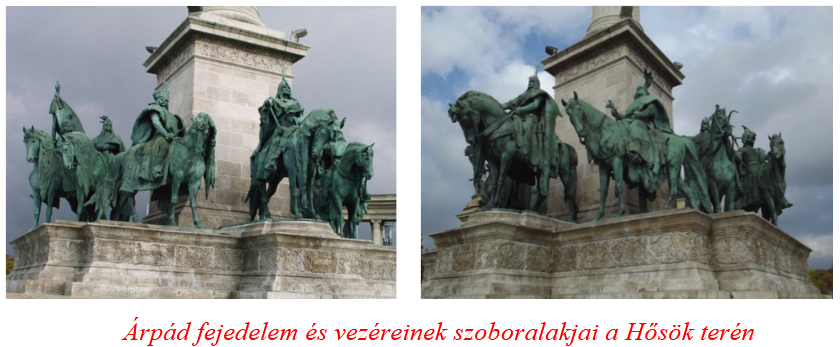
The height of the 85-meter-wide, 25-meter-deep, two semicircular colonnades is 13 meters. Moving from left to right, between the columns arranged in two semicircular arches, seven great figures of Hungarian history take their places. The distance between the two colonnades is 20 meters. The order of left-wing historical figures: Saint István, Saint László, Kálmán Könyves, II. András, IV. Béla, Róbert Károly and Lajos Nagy. On the right side, János Hunyadi, King Mátyás , and the previously mentioned István Bocskai, Gábor Bethlen, Imre Thököly, II. Ferenc Rákóczi and Lajos Kossuth take their place. Under each of the fourteen statues, you can see a relief depicting a scene related to our national greatness. On the corner pillar of the colonnade, on the side facing the Museum of Fine Arts, there is the allegorical chariot of Work and Prosperity, and at the other end, the allegorical chariot of War.
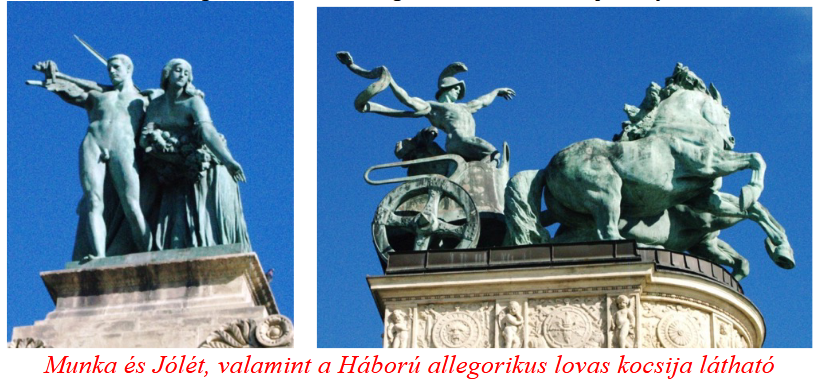
On the inner side of the right-hand pillars is the chariot of Peace, and on the outer side is the statue of Knowledge and Glory.
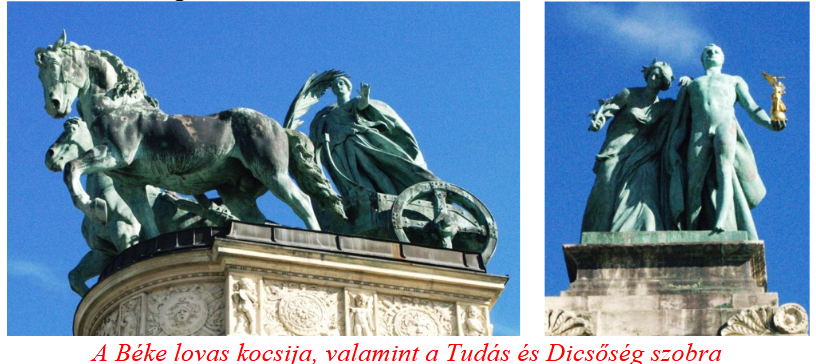
The War statue was handed over in 1906, and the Peace statue in 1908. Both bronze sculptures are the work of György Zala.
The content and meaning of the historical figures and the reliefs under the full-figure statues of the Hősök tere hall.
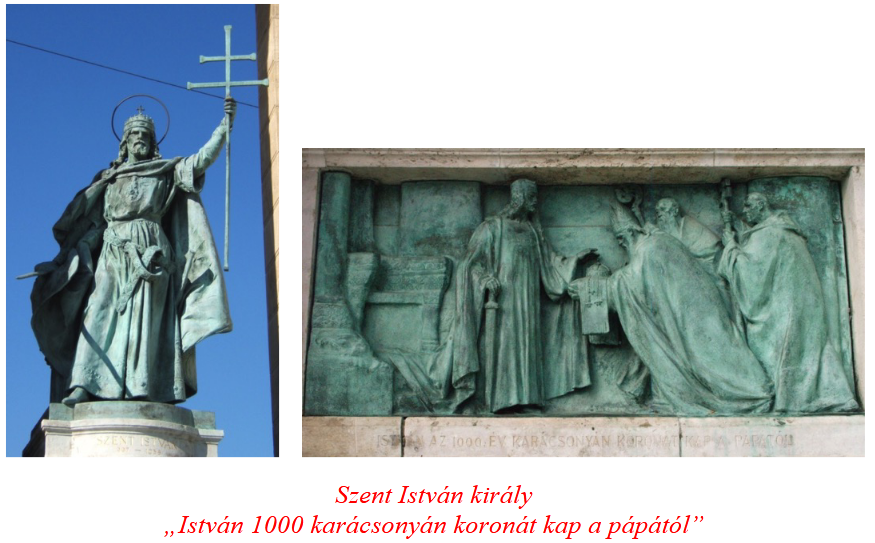
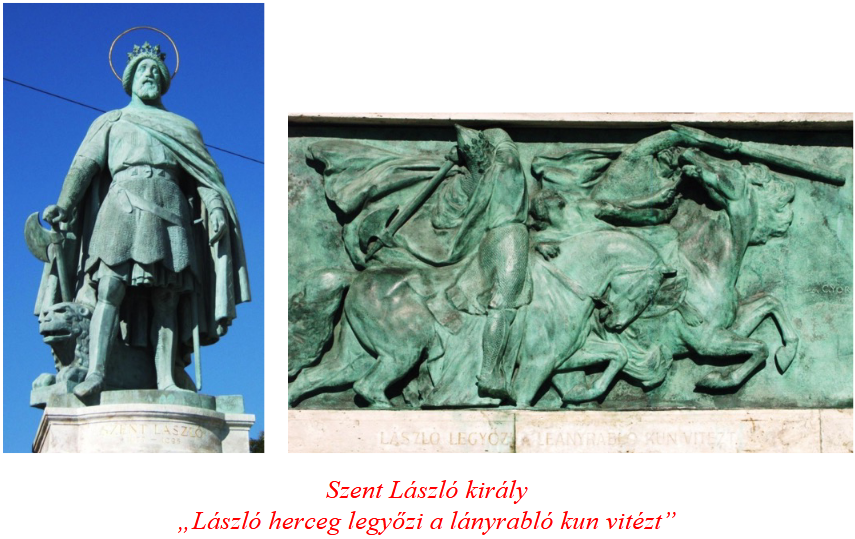

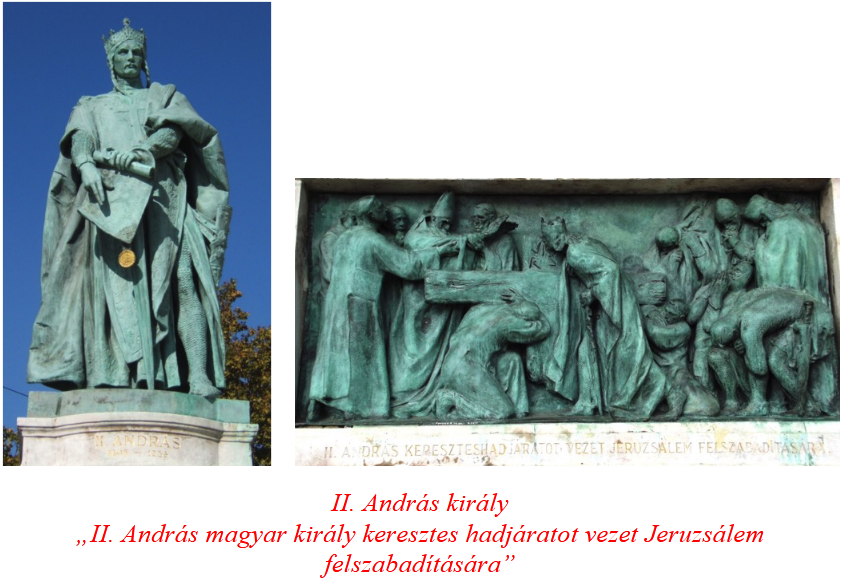
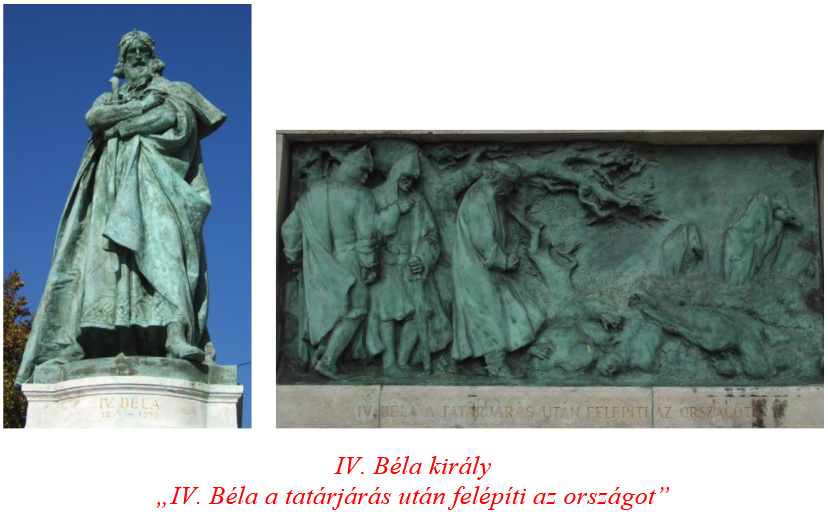

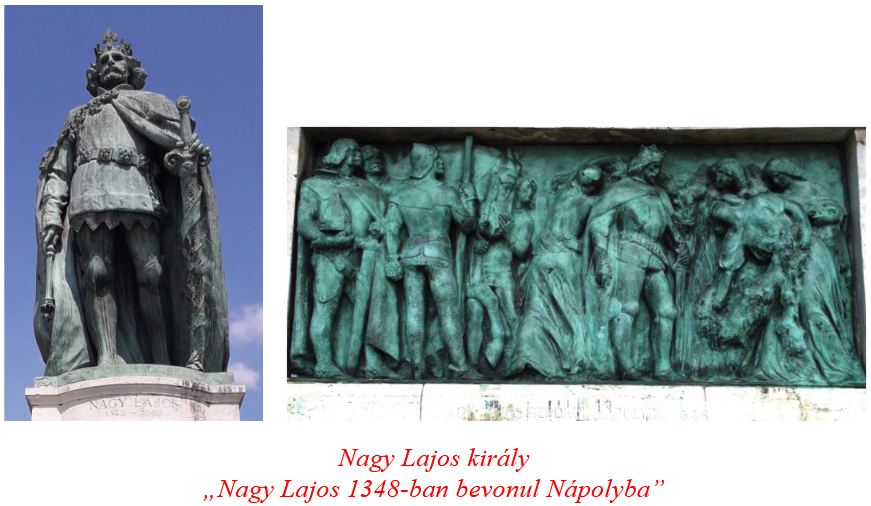
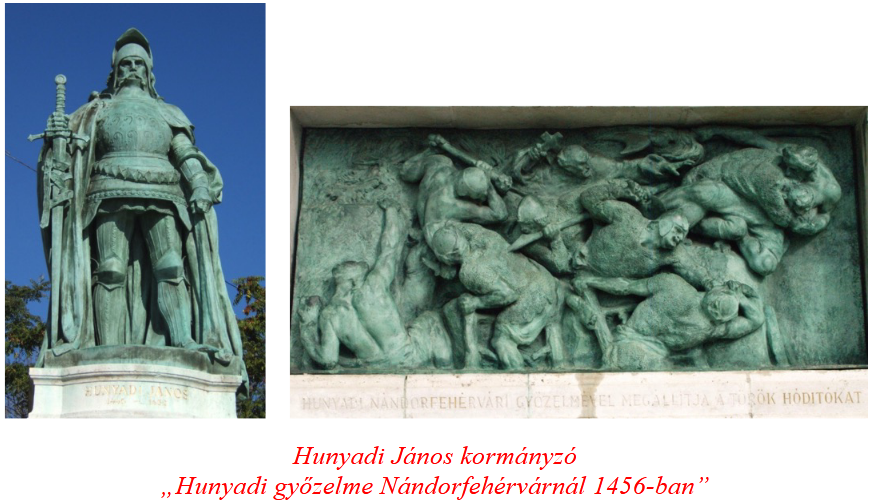
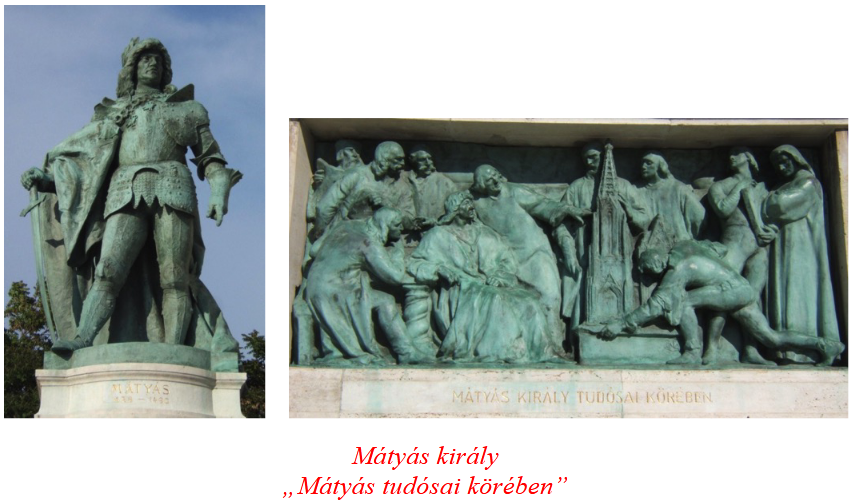
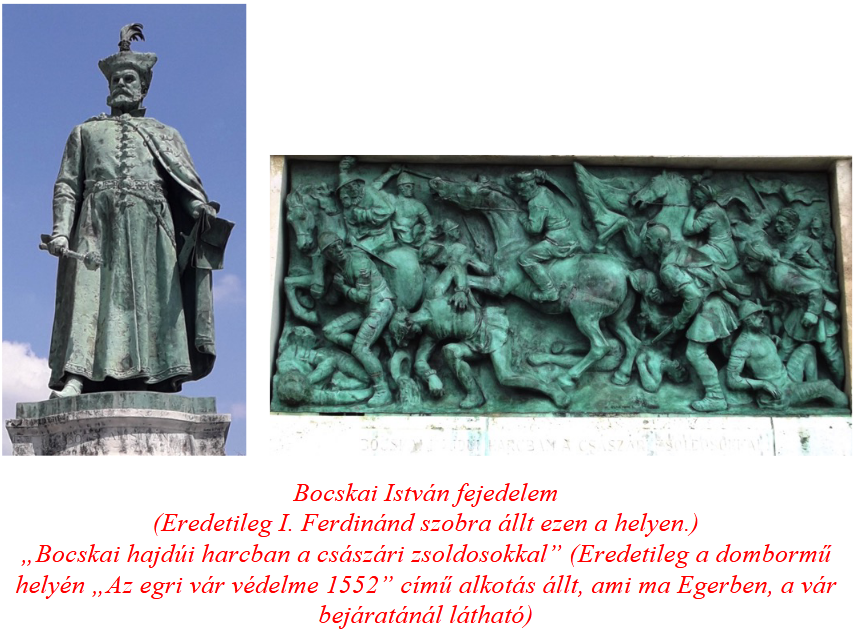
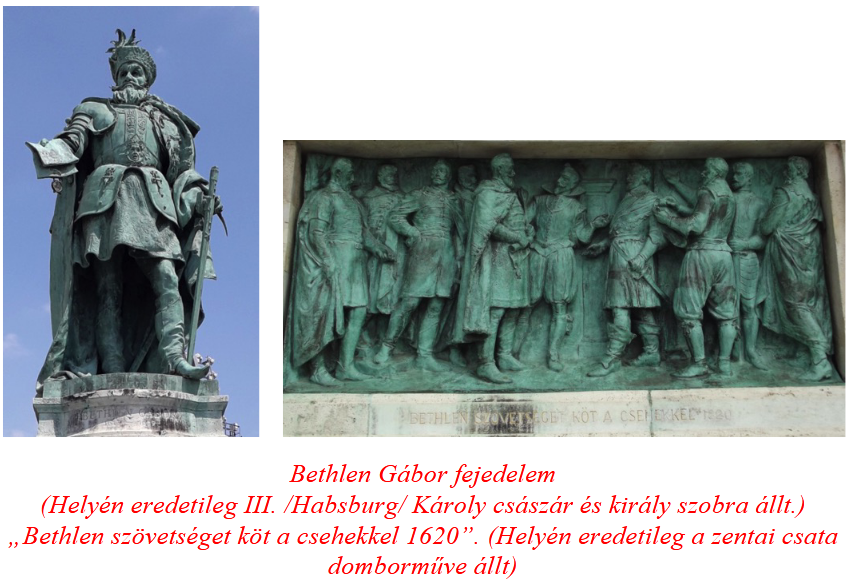
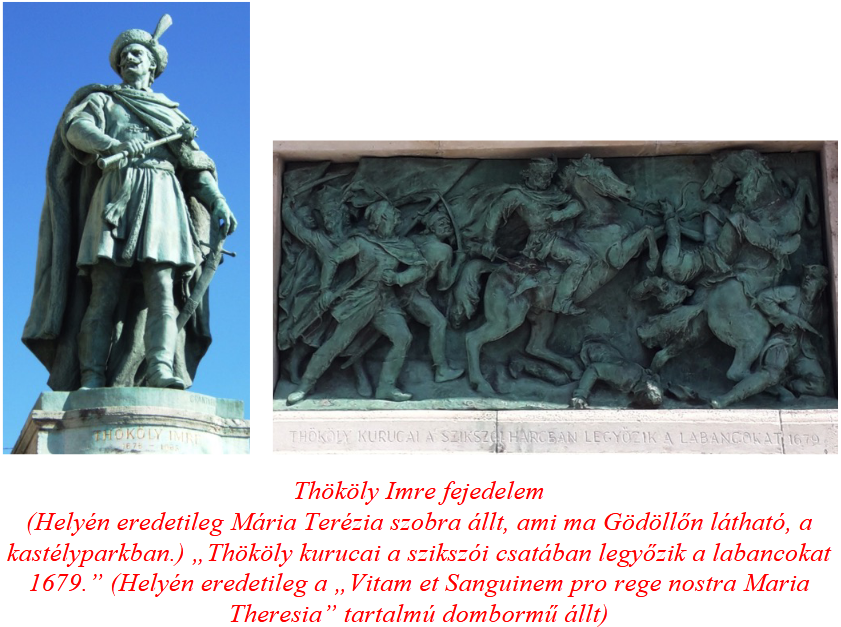
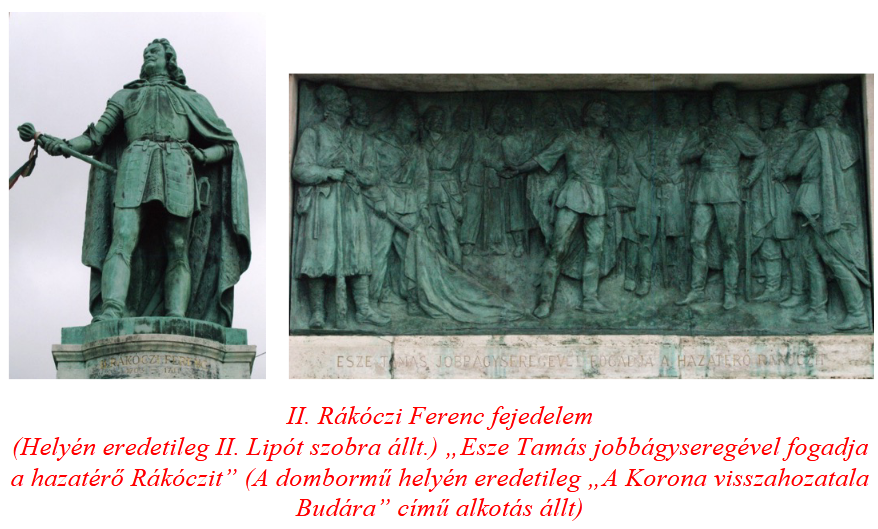

Author: Ferenc Bánhegyi
(Cover image source: YouTube)
The parts published so far can be read here: 1., 2., 3., 4., 5., 6., 7., 8., 9., 10., 11., 12., 13., 14., 15.


